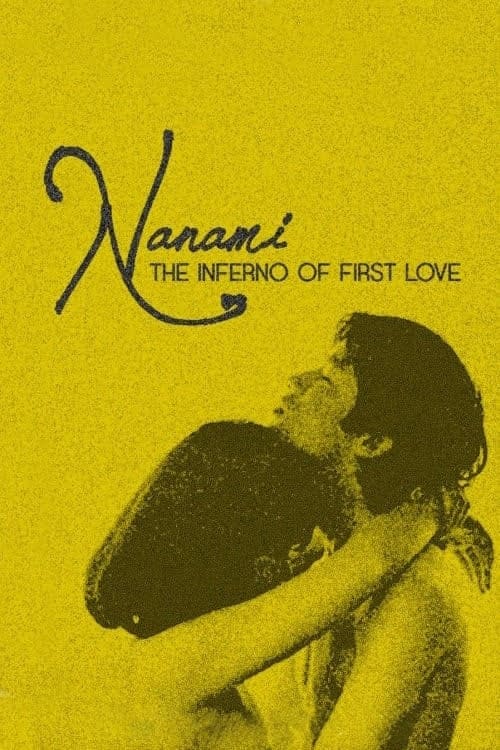
A teenage goldsmith with a dark past tragically falls in love with a young nude model.
03 Jul Nanami: The Inferno of First Love (1968)
Fluid Abstraction
You may find this hard to see. It is a Japanese “new wave”, film. It has a story of course, but such things are largely irrelevant. I’ll give it because you may not see it. (In my comments, I assume most folks have seen the film.)
A young man was abandoned as a child, and continuously molested by his adoptive father. He falls “in love” with a prostitute, around the same time he is imprisoned for molesting a four year old girl. We follow him and the prostitute (actually a “model”) separately; that’s most of the film, time-wise. The story ends tragically.
It is shot with handheld cameras, and even by today’s standards the camera movements are obviously there to remind you that there is a camera present. Not your eyes, but a physical camera.
Referencing the French notion, the “new wave” ideas are followed: the fact that it is a film is explicit, and films are referenced throughout the thing. Also, the elements of the story are abstracted — usually from the most raw and common experience, love — into something synthetic, which only can exist in cinema. These two elements were thought by the French to create a new film narrative: not using the camera to place you in life, but the other way around, using life to allow you to travel to a new place, abstract, pure and effective within its own rules.
That French experiment collapsed, I think, because as a class, French intellectuals don’t have much horsepower. So, after we get the cleverness of us being placed in this synthetic world, we look for a reason to be there other than tourism from boredom. The Japanese, on the other hand, actually live in an abstract world, deliberately so. And its of much the same type — less now than 40-50 years ago (unless you count manga). By this I mean that the narrative they live in is close to the one they imagine, and they’ve had 1500 years of continuous stylisation to abstract the narrative into a coherent collection of edges.
So when I encounter Japanese new wave films, or better, those that quote and extend the concept, I know I’m where the idea wanted to be, but couldn’t go there with its originators.
This one isn’t powerful in the way the HongKongers Wong Kar Wai and Fruit Chan do, but it has oompf if you allow for the amazingly noticeable proscription on pubic hair — but that’s part of the game.
Along the way, we have all sorts of side stories, as if they were movies within the movie. Some are flashbacks that are movies in the mind. Others are of the same type, but everyday events: a pocketknife is dropped; a foil gumwrapper blows in the wind.
And these are interspersed with overt films. We have a film about first love that our lovers attend. She is a model for filmed stories, always pornographic (but indicated here as topless cheesecake because of the censorship) and often violent. He purchases a record designed to have a conversation with him. Much of the action touches on or is in a graveyard, shown as a collection of storymarkers for the dead.
An item that permeates is a riddle: If you peel a cabbage, you get a core. If you peel an onion, what do you get? The film is intended to be a peeling of the onion. You’ll need to watch the film (or email me) to get the answer to the riddle.
Posted in 2007
Ted’s Evaluation — 3 of 3: Worth watching.


No Comments